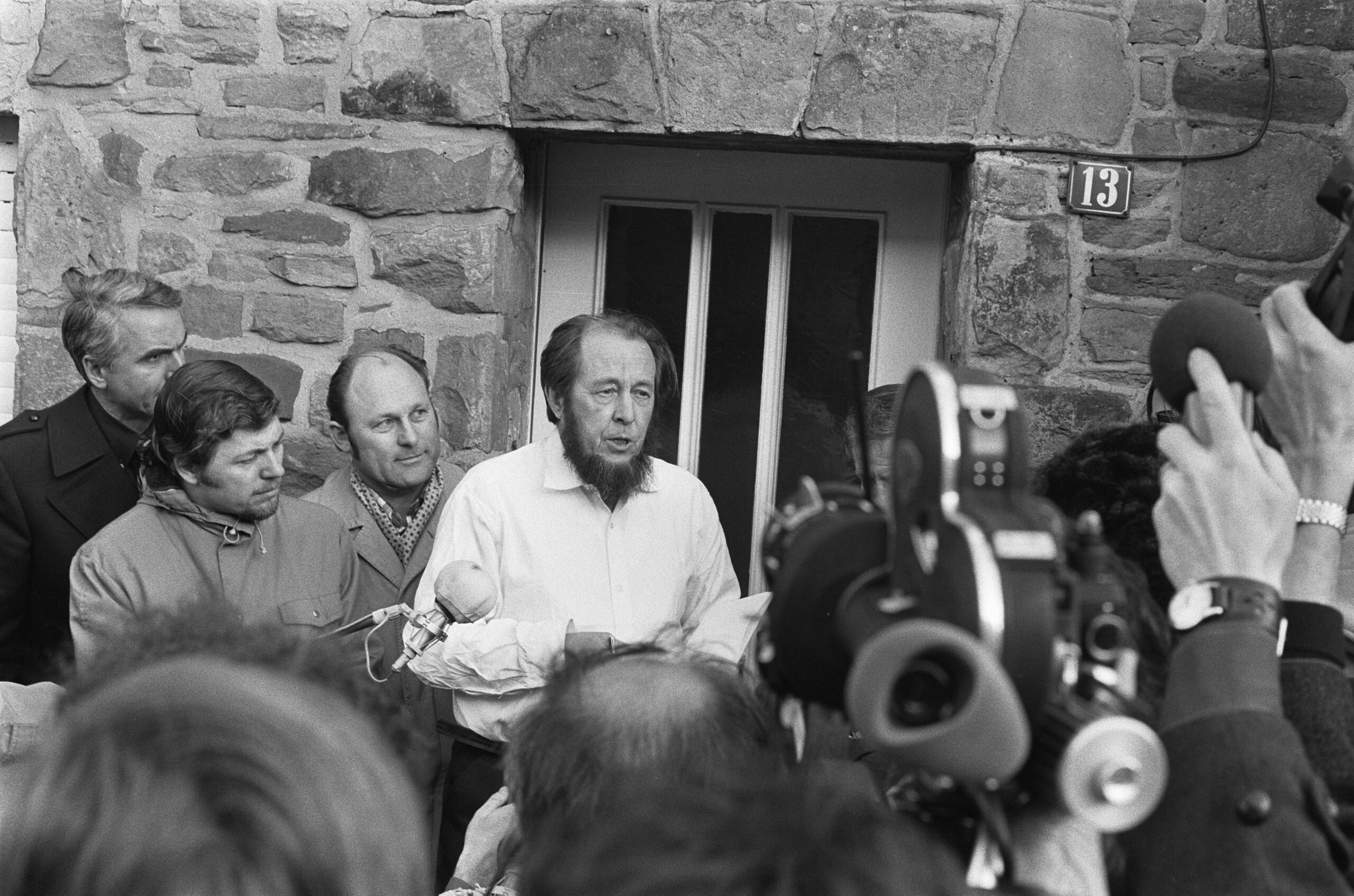Tekst: Filip Emanuel Søgnen Kaloudis
Just within the first shot of Peter Watkins’ movie Edvard Munch (1974) to the second, the viewer’s expectation is shattered. The film opens with a text stating that the depicted commentary and scenes enacted are based on the diary of Edvard Munch. The narrator indicates that the film will be an expository documentary, studying the life of the famous painter. However, in the following shot, unveiling a younger Edvard Munch while his sister is whispering to him, the viewer is reassured that the film will be a biographical film, or biopic. Thus, within 1 minute, the viewer is invited to expect two different types of films. By the passing of 10 minutes, one realises that Edvard Munch falls under both and neither of those rigid categories. Edvard Munch is far more complex than simply being a mix of these two genres.
The awkward way the actors are directed in the first shot gives the impression that Watkins is there, in Christiania in the 1870s, following the young Munch around. The subsequent interviews with poor families in the town support this illusion.
One way this can be seen is in the direction. In the very first shot of the film, the actors do not at all convey themselves as in a typical biopic. The actor playing Munch looks into the camera and behaves awkwardly, as if he is conscious of the camera crew being present in the room. Consequently, the aspect of the film that belongs to the biopic, that is, an actor playing the character of Edvard Munch, is stylized as a documentary. Crucially though, not the type of documentary called expository, where a narrator comments on the life of the artist through images of where he lived and painted. It is the sort of documentary where a camera crew follows a live subject, what is known as an observational documentary. The awkward way the actors are directed in the first shot gives the impression that Watkins is present in Christiania in the 1870s, following the young Munch around. The subsequent interviews with poor families in the town support this illusion.
The film editing also suggests that Watkins had something more ambitious in mind than shooting a biopic as if it was an observational documentary. Consider the three succeeding cuts, from the girl whispering to the young man’s ear, to Munch’s mother lying in bed bleeding from her mouth to the title card, to an interview with Munch’s brother. The image of his mother bleeding from her mouth seems forcefully inserted and not immediately coherent with the otherwise calm pace from the other shots. This sudden insertion does not belong to the form of documentary which mixes narration with enacted scenes.
I believe that this jump-cut could be interpreted as a haunting memory Munch recalls at the very moment his sister whispers into his ear. Another subsequent jump-cut supports this interpretation: Munch is lying in his bed drawing, and the movie suddenly cuts to his family, where his father is reading from the Apocalypse. In the editing of Edvard Munch, Watkins shows what is on Munch’s mind as if he is in front of a documentary crew. This flashback strikes me the most. It is also the reason why Edvard Munch is neither a biopic nor a documentary, but a unique work of art that transcends genres.
The experiences that haunted Munch can be seen as part of a general theme of the film. Along with this display, Watkins offers a vivid portrayal of Christiania as an uncultured, unequal, bourgeoisie society. The viewer learns how Munch joins the radical group named “The Christiania Bohemians” in order to oppose contemporary society. Watkins illustrates how these conditions also influence Munch’s art. The movie points out how Munch’s personal experiences, the society he is born into and which he later decides to oppose, impact his art.
Filip Emanuel Søgnen Kaloudis (f. 1999), studerer filosofi ved Universitetet i Oslo og er kulturredaktør i Argument.





